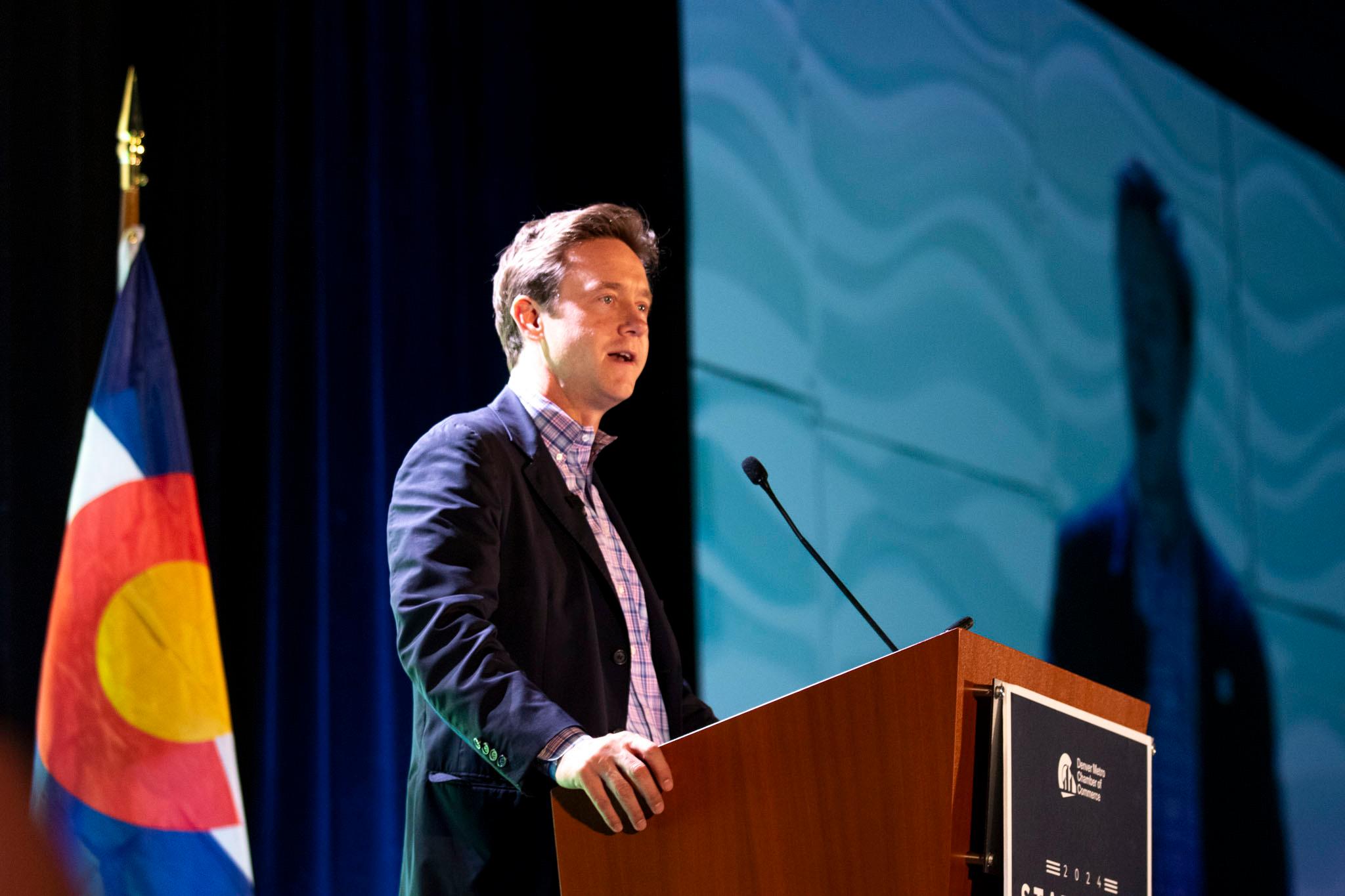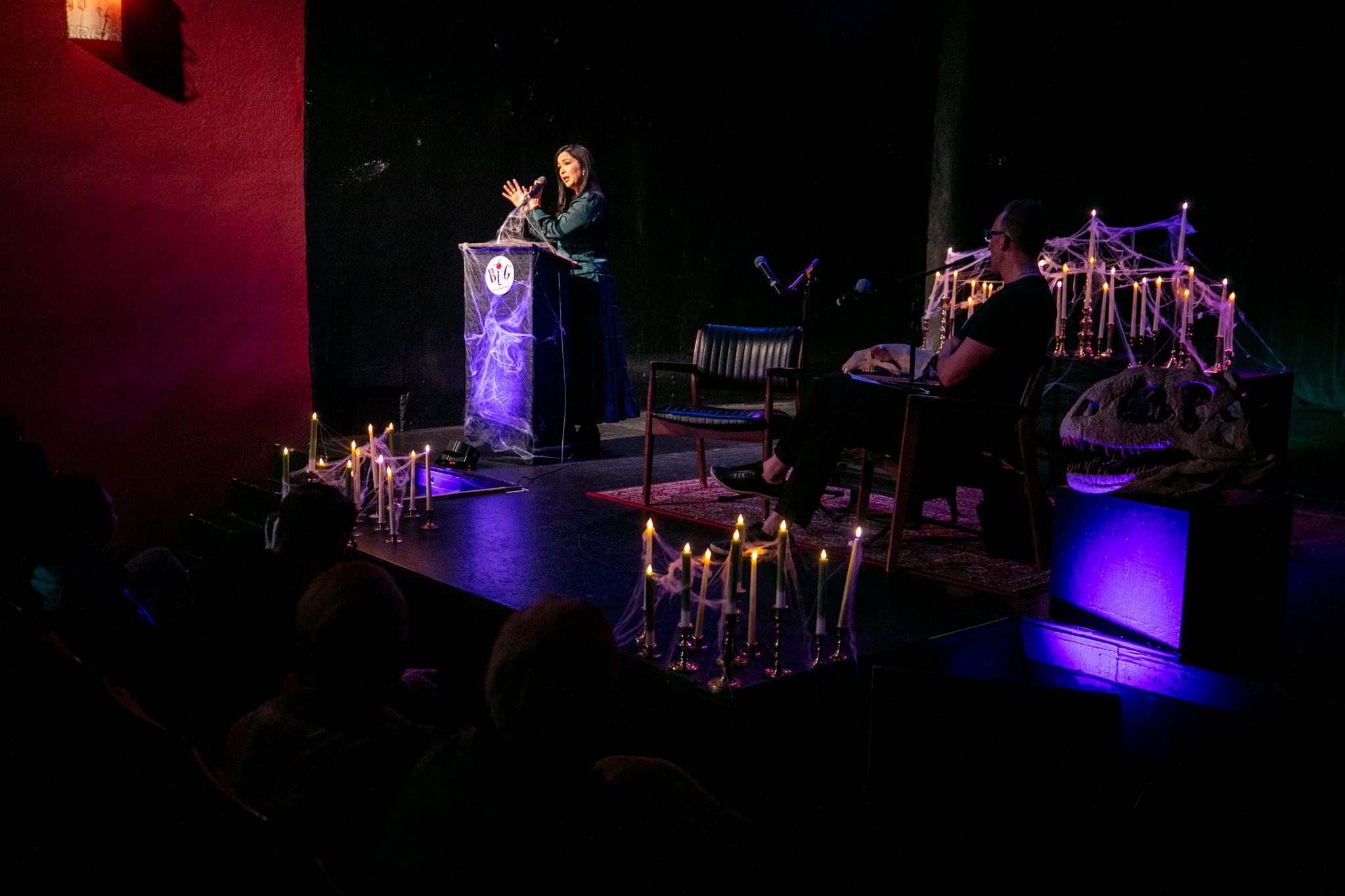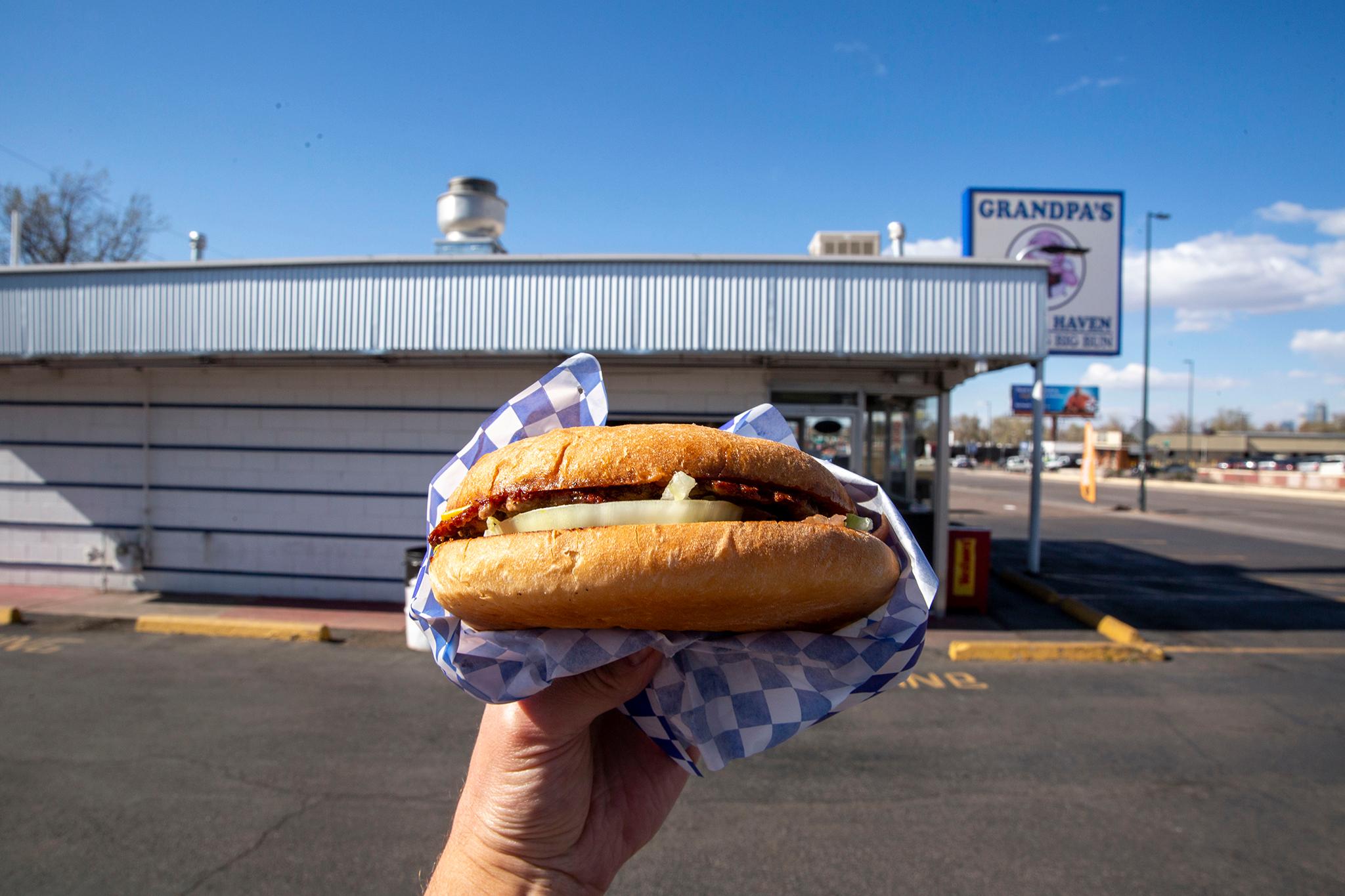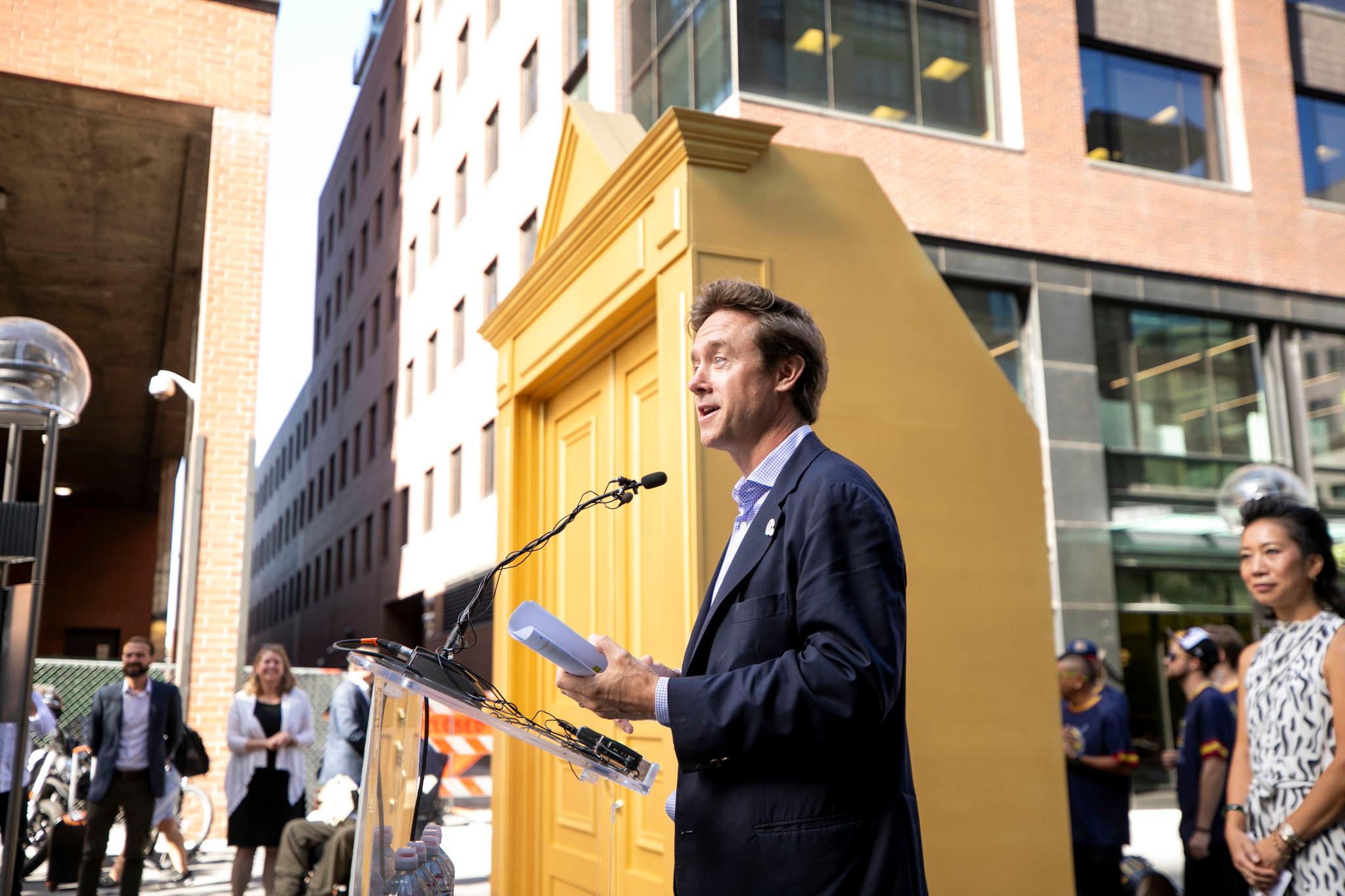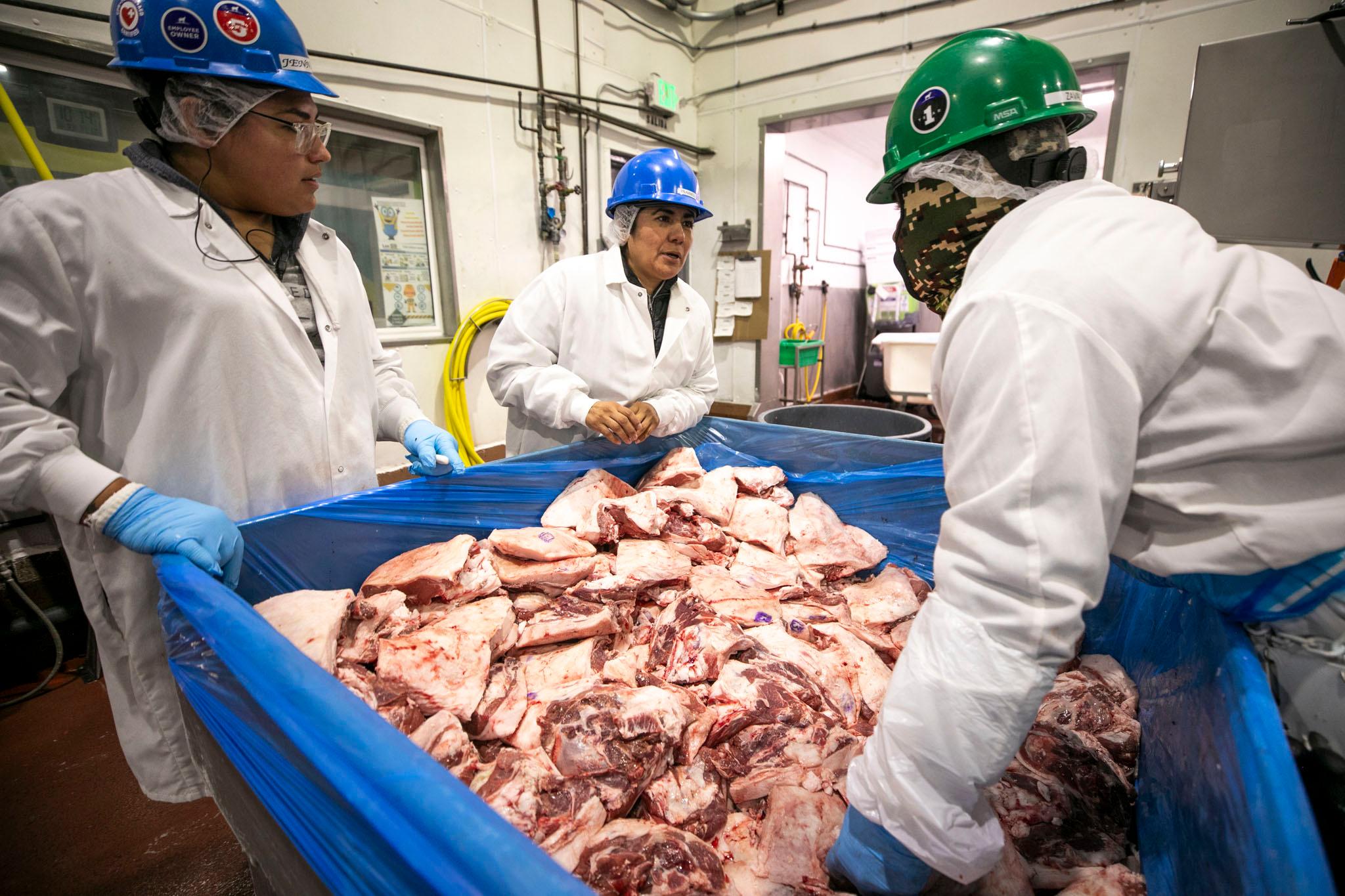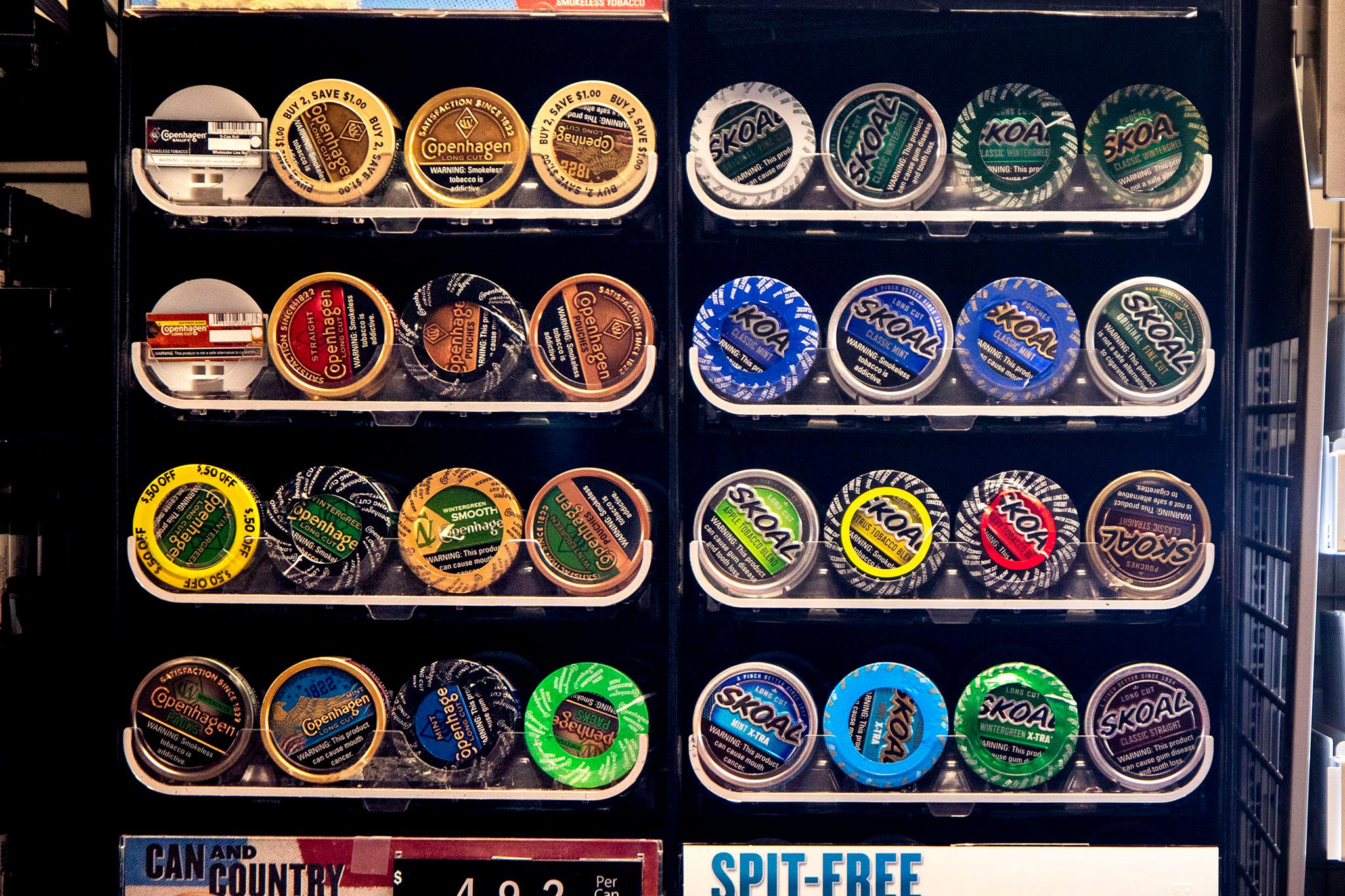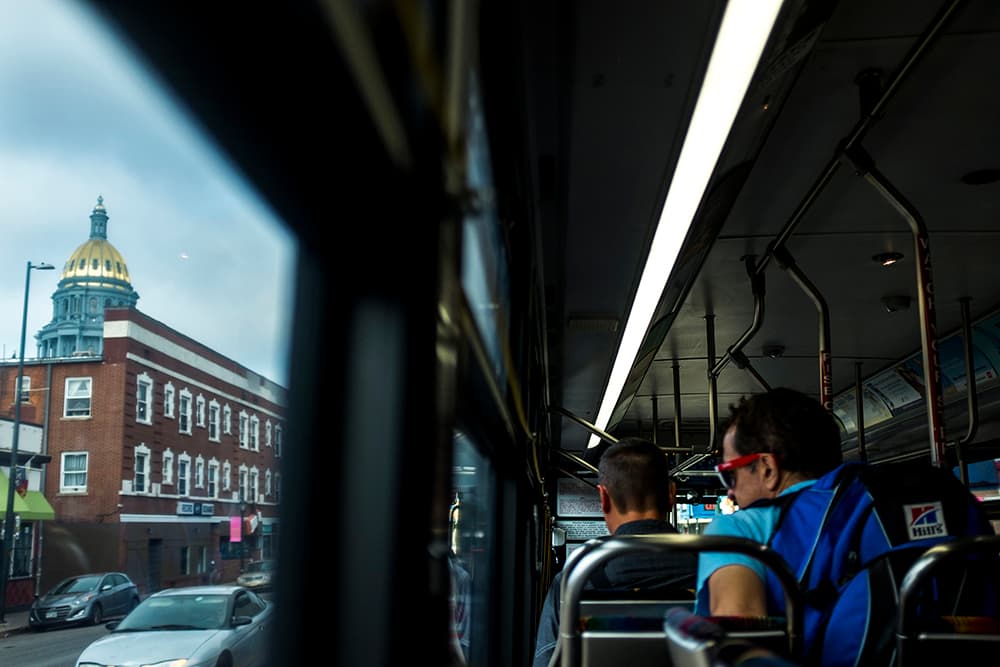
By Tiffany Christian, Special to Denverite
Colfax has a bad reputation, likely spread by people who drive up and down the long street, or spend an hour here and there at a restaurant or in a shop. At a glance, you might see folks who don’t look like you, and think they are less than you. But for those of us who have spent much of our lives living or working on the avenue, we see a much richer experience and wouldn't want to be anywhere else.
My education from the streets began on Colfax Avenue in 1995 at age 15 when I ran away from a difficult home life. The 15 bus, which ran 24/7, was where my seat in the classroom began. It ran from Chambers Road, at the far eastern edge of Aurora, all the way to Civic Center Station in downtown Denver.
In the winter, I often began my bus ride at I-225 where the Waffle House used to be because I could lock myself in the bathroom and sit under the hand dryer turning it back on every few minutes to stay warm. Once someone knocked on the bathroom door I would leave, get back on the bus and ride it for about an hour and a half to its last stop, using the ride as a way to get some rest. It seemed to me no one noticed, because people were on the bus, on the street and in and out of restaurants and hotels all times of the day and night. Colfax never sleeps.
I spent countless hours like this, off and on the bus over the course of a decade. I lived a spontaneous, unstructured life and encountered several types of situations, some dangerous and some not. At times, I observed what looked to be folks struggling to get through their strings of misfortune or poor life choices, others stuck to themselves commuting quietly, while some were going to and from what I assumed to be work or school.
Perhaps there’s a certain adaptation one finds themselves in while adjusting to a life on "The Fax," as we call it. I was resilient and learned the skill of observation at a young age. The decade of encountering both police harassment and involvement, alcohol issues, stealing, and guns, witnessed prostitution, drugs, and violence, it all made me question the outside society. People vilify others that seem to live different from them -- many of my experiences were similar to other neighborhoods; they just have the privilege of hiding it inside of four walls.
As a matter of fact, I also met generous strangers who offered to shelter me when I needed a warm place to stay and asked nothing in return. Someone gave me a coat for the winter, provided a meal or loaned me their phone to use. I saw groups of friends on the bus laughing, families utilizing the neighborhood library, my neighbors and I helping each other in times of need, women gathering to fellowship at the day shelters, and barbershops welcoming people regardless where they were at in life. In east Aurora off Colfax there’s the Arts District featuring voices in poetry and other artistic opportunities, local owned coffee shops, and small business owners.
Today, I live in Aurora -- nine blocks from Colfax. I’m a student at the University of Denver on full ride scholarships. I’m using my formal higher education, street education and sobriety to educate and work with community members and organizations in the rich neighborhoods surrounding Colfax Avenue.
There's something special about Colfax and its surrounding neighborhoods. The people are real and life is raw. It's a culture of humans experiencing life and getting through it the best ways they know how -- just like any other neighborhood. Without having to travel the chaotic path I took, I hope others can see the people who live their lives up and down Colfax for who they really are -- human. We aren't broken and don’t need to be fixed, nor do we need to be shaped into the reality of a different neighborhood. Instead, create relationships with us, allow us to figure out our own purpose in this world.

Tiffany Christian is a member of the Close to Home Storytellers Network. Storytellers share their personal experience of homelessness to shine a bright light on the broad reach of homelessness and mobilize people to take action and support solutions.


